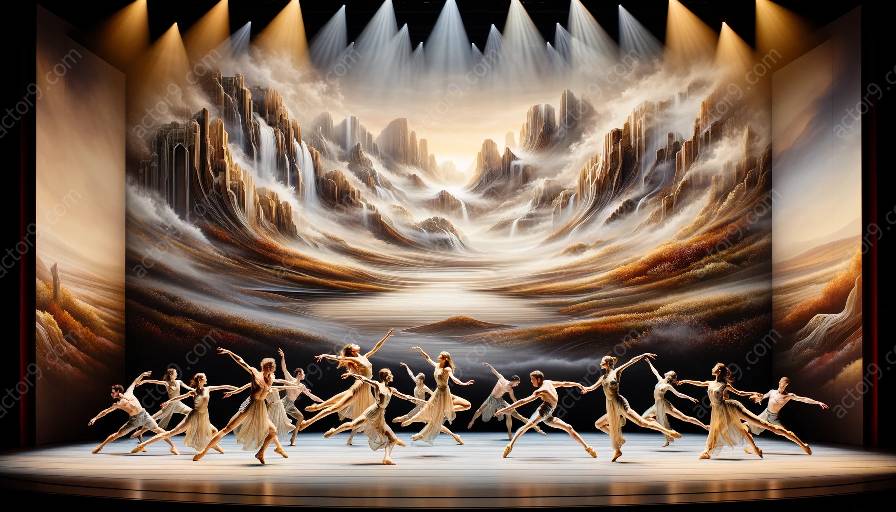In the world of physical theatre, choreographers play a vital role in bringing movement and expression to the stage. It requires a unique skill set that combines elements of dance, drama, and physicality. To excel in this field, physical theatre choreographers must undergo essential training to hone their craft and develop a deep understanding of movement, improvisation, and interdisciplinary techniques.
The Impact of Training on Physical Theatre Choreographers
Physical theatre choreographers must possess a diverse set of skills and knowledge to create compelling performances that captivate audiences. Their training directly influences their ability to convey stories and emotions through physical movement, and it shapes their approach to collaborating with other artists and professionals in the realm of physical theatre.
Key Training Components for Physical Theatre Choreographers
1. Movement Training: Essential for physical theatre choreographers, movement training includes a focus on body awareness, alignment, dynamics, and spatial exploration. It involves techniques from various movement disciplines such as contemporary dance, ballet, martial arts, and physical theatre traditions. This training allows choreographers to develop a versatile movement vocabulary and a deep understanding of physical expression.
2. Improvisation: Improvisation is a fundamental aspect of physical theatre, enabling choreographers to spontaneously create movement and respond to different stimuli. Training in improvisation fosters creativity, adaptability, and the ability to generate fresh choreographic ideas in the moment, enhancing the choreographer's capacity to innovate and experiment with movement.
3. Acting and Drama Training: Physical theatre choreographers benefit from understanding acting and drama techniques, as it enhances their capacity to convey narratives and emotions through physicality. By delving into character development, storytelling, and dramatic interpretation, choreographers can infuse depth and meaning into their choreography, creating performances that resonate deeply with audiences.
4. Interdisciplinary Training: In the modern landscape of physical theatre, choreographers often collaborate with professionals from various artistic disciplines. Interdisciplinary training exposes choreographers to diverse art forms such as music, visual arts, and digital media, enabling them to integrate different elements into their choreography and create multi-dimensional performances that resonate with contemporary audiences.
Professional Development and Continuing Education
Continuous professional development is crucial for physical theatre choreographers to stay abreast of evolving movement practices, artistic trends, and the broader landscape of performance art. They benefit from participating in workshops, masterclasses, and interdisciplinary collaborations that expand their artistic horizons and foster ongoing growth and innovation.
Conclusion
Training is an indispensable component in shaping physical theatre choreographers into skilled, versatile, and visionary artists. By embracing a holistic approach to training that encompasses movement, improvisation, drama, and interdisciplinary collaboration, choreographers can elevate their craft and make meaningful contributions to the dynamic and captivating world of physical theatre.




































